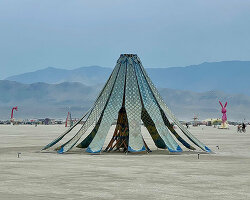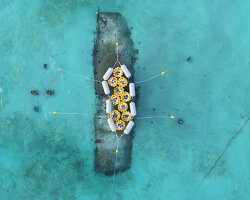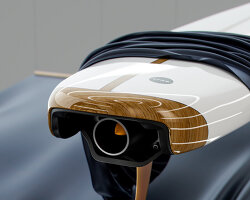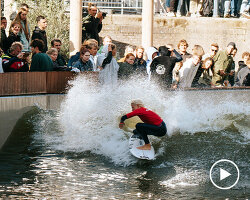beavers and sea otters lack the thick layer of blubber that insulates walruses and whales. and yet these small, semiaquatic mammals can keep warm and even dry while diving, by trapping warm pockets of air in dense layers of fur. inspired by these furry swimmers, MIT engineers have now fabricated fur-like, rubbery pelts and used them to identify a mechanism for trapping air between individual hairs when the pelts are plunged into liquid.
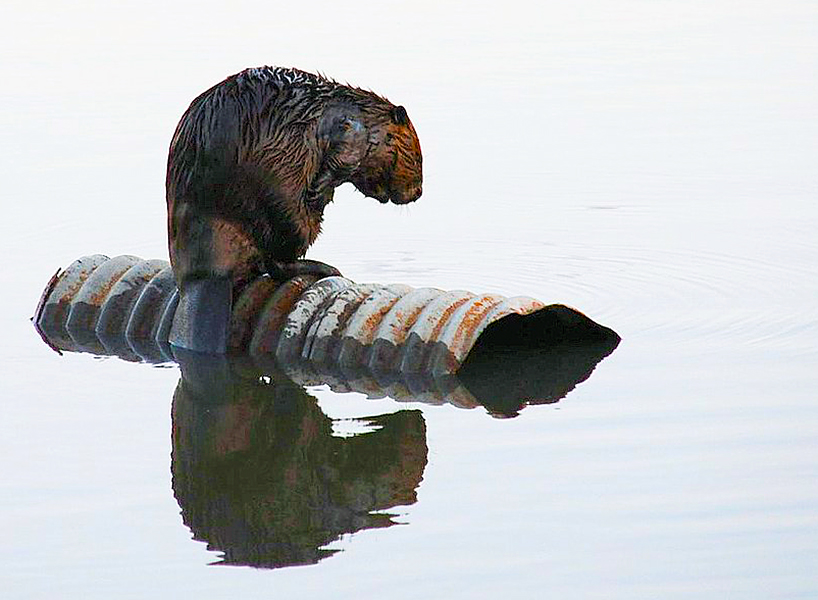
MIT engineers have drawn influence from furry semiaquatic mammals
the results, published in the journal physical review fluids, provide a detailed mechanical understanding for how mammals such as beavers insulate themselves while diving underwater. the findings may also serve as a guide for designing bioinspired materials–most notably, warm, furry wetsuits.
‘we are particularly interested in wetsuits for surfing, where the athlete moves frequently between air and water environments,’ says anette (peko) hosoi, a professor of mechanical engineering and associate head of the department at MIT. ‘we can control the length, spacing, and arrangement of hairs, which allows us to design textures to match certain dive speeds and maximize the wetsuit’s dry region.’
hosoi’s co-authors include lead author and graduate student alice nasto; postdoc josé alvarado; and applied mathematics instructor pierre-thomas brun, all from MIT, as well as former visiting researcher marianne regli; and christophe clanet, both of école polytechnique, in france.

the hair texture is designed for water athletes
from these experiments, it appeared that the spacing of individual hairs, and the speed at which they were plunged, played a large role in determining how much air a surface could trap. hosoi and nasto then developed a simple model to describe this air-trapping effect in precise, mathematical terms. to do this, they modeled the hair surfaces as a series of tubes, representing the spaces between individual hairs. they could then model the flow of liquid within each tube, and measure the pressure balance between the resulting liquid and air layers.
‘we are particularly interested in wetsuits for surfing, where the athlete moves frequently between air and water environments,’ comments hosoi. ‘we can control the length, spacing, and arrangement of hairs, which allows us to design textures to match certain dive speeds and maximize the wetsuit’s dry region.’





